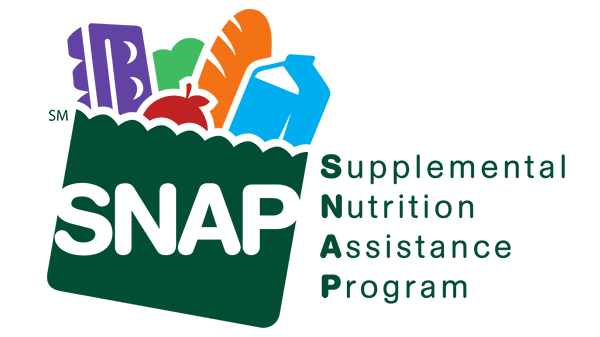The USDA committed billions of dollars to improve Americans’ nutrition but could do much more to ensure they buy and eat more fruits and vegetables.
Industry leaders said consumers say affordability is a barrier to eating more fresh produce, so USDA should focus their efforts there.
Earlier this week, USDA released a re-evaluation of the Thrifty Food Plan, which is used to calculate Supplemental Nutrition Assistance Program benefits. As a result, the average SNAP benefit will increase by 21 percent beginning on October 1, 2021.
Mollie Van Lieu, Senior Director of Nutrition Policy for the United Fresh Produce Association BB #:145458, said that change was well overdue.


“There’s no question that the review better reflects what we want to see with fresh produce consumption,” she said.
“The Thrifty Food Plan has historically been calculated on the premise of ‘what’s the cheapest possible way an individual can meet dietary needs.’ The problem with that is that it’s not based on the reality in which people cook and eat, didn’t reflect the latest Dietary Guidelines, and for the past couple updates, has needed to be cost neutral. None of those factors worked in favor of fresh produce.”
She said the update values a wide variety of fruits and vegetables and considers what consumers actually buy.
Max Teplitski, Chief Science Officer at the Produce Marketing Association BB #:153708, also supported the review and changes to the plan.
“The decision to review the Thrifty Food Plan index which resulted in the increase in SNAP funding is a good example of nutritional security moving to the front and center of conversations about social nets,” he said.
Also this week, USDA said it will invest $69 million in grants that specifically incentivize fruit and vegetable purchases in low-income communities.
Van Lieu said United Fresh members would like to see more USDA investments like these.
“The GusNIP [Double Up Bucks-style programming] is the only federal program within SNAP that directly incentivizes fresh produce purchases and that remains, essentially, in pilot form,” she said. “What we would like to see is something that more resembles the WIC program – where there is a monthly allotment that allows participants to purchase the fresh fruits and vegetables of their choice.”
Teplitski also said funding should go more specifically to fruit and vegetable programs.
“When we talk about nutritional security, there is no substitute for fresh fruits and vegetables — no food on the market can match the nutritional benefits per pound per dollar than most fresh fruits and vegetables,” he said.
Van Lieu said the bigger goal of the fresh produce industry should be to work with USDA to ensure that every federal nutrition and feeding program aligns with the federal government’s dietary guidelines directive to make “half the plate” fruits and vegetables.
“For starters, that means permanently increasing the fruit and vegetable benefit in WIC, which they have committed to do in near future, dramatically increasing the amount and variety of fresh produced purchased within USDA’s procurement programs for food banks, and looking more at SNAP,” she said.



